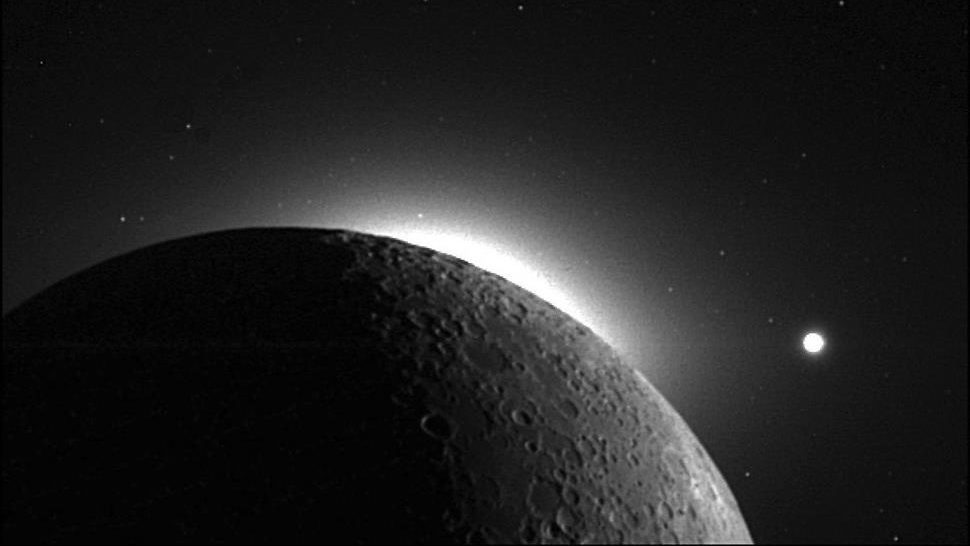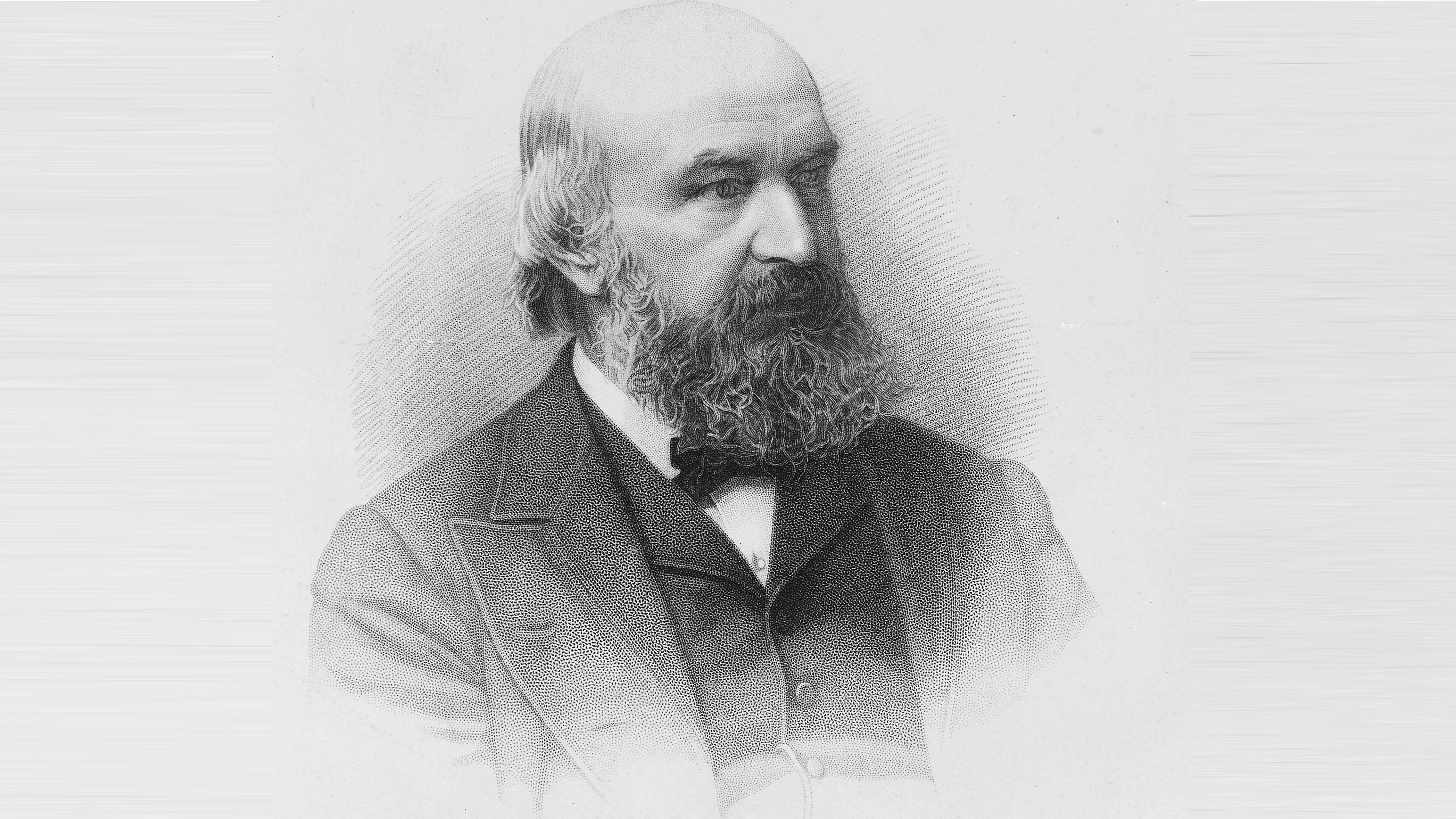Modern astrophysics answers Isaac Newton’s oldest question

- Isaac Newton is arguably the greatest and most renowned physicist in all of history, whose achievements include Newtonian mechanics, the law of universal gravitation, and the invention of calculus.
- His law of gravity applied equally well to phenomena observed here on Earth as they did to the motions of heavenly bodies; all of Kepler’s laws can be derived from Newton’s laws.
- But more than 300 years ago, Newton said, “Gravity explains the motions of the planets, but it cannot explain who sets the planets in motion.” Modern astrophysics at last has the answer.
Perhaps the greatest leaps in all of science history occurred during the 17th century. At the dawn of the century, heliocentrism was just an alternative idea: one that fit the data more poorly than the leading geocentric model that had held sway for over 1000 years. The laws governing the motions of objects on Earth, what we now know as classical mechanics, were largely unknown, and the phenomenon of gravitation was not understood. The telescope had not yet been invented, and naked-eye observations were still the best tools humanity had for investigating the cosmos.
By the end of the century, everything was different. The planets were at last known to orbit the Sun in ellipses, with the outer planets moving at speeds in proportion to their distance from the Sun. Planets had their own systems of moons, Saturn had rings, Venus exhibited phases, and the laws of motion and gravitation were shown to apply to all known objects on Earth and in the heavens above. This culminated in the work of Isaac Newton, who invented calculus, codified the laws of motion, and developed the universal law of gravitation. Yet Newton also encountered problems he couldn’t solve, and one of his more famous quotes is:
“Gravity explains the motions of the planets, but it cannot explain who sets the planets in motion.”
Now in the 21st century, modern astrophysics finally holds the answer. It isn’t a “who,” but a “what” that first set the planets in motion, after all.

When we look at the structure of our Solar System today, we know a lot more about it than Newton knew back in his day. Yes, the Sun anchors the Solar System, but unlike Newton, we know that it comprises 99.8% of the Solar System’s total mass. It rotates about its axis, but the equator and poles rotate at different rates: 25 days at the equator, compared to 33 days (or even slightly more) at the extremes of the poles. Then, moving outward, we see that our Solar System possesses:
- four inner, rocky planets,
- an asteroid belt,
- the gas giant worlds,
- a Kuiper belt, which is where most of the periodic comets come from,
- and a scattered disk and Oort cloud beyond that, from which most of the hyperbolic comets arise.
Newtonian gravity is sufficient to explain the motions of all of these objects, with only very slight corrections (due to general relativity) needed to describe the precessional motions of the inner, rocky planets. Back in Newton’s time, only six planets (and no asteroids, and one or two suspected periodic comets) were known. But today, we not only know much more about our own Solar System, we also know about thousands of other stars with planetary systems around them: the exoplanets.

There are some similarities between these exoplanetary systems and our own Solar System, but some important differences as well. These systems all seem to obey Newton’s law of universal gravitation as well, and the planets within them follow elliptical orbits that are determined by the gravity of their parent stars. Planets come in all different masses, but unlike our own Solar System, there is no delineation between where rocky vs. giant worlds can be found: at any distance, near or far, from the star(s) that they orbit. In addition, the most common type of exoplanetary world known so far — in between the masses of Earth and Neptune — is not represented at all in our Solar System.
However, one important limitation of our own Solar System is the fact that it’s already old; some 4.5 billion years have elapsed since its formation. We have little insight into its past history, as all we have access to is the evidence written on the face of its survivors. How many planets and/or moons were:
- destroyed by collisions,
- swallowed by other planets or by the Sun,
- or ejected from our Solar System entirely,
over the course of its lifetime? We cannot say for certain, but copious lines of evidence, from cratering rates across various planetary and lunar surfaces to the existence of moons around Mars, Earth, and Pluto to the short lifetime of Saturn’s rings indicate that the answer is likely “at least several,” and perhaps more.

Fortunately, we are now in the era where we can witness the formation of young and even newborn stellar and planetary systems, and have learned a variety of lessons from them. For one, almost every newborn stellar system, including protostellar systems, doesn’t possess a spherical cloud of matter around it, but rather exhibits a plate-like structure known as a protoplanetary disk. For another, these protoplanetary disks remain undifferentiated (i.e., uniform, with no gaps or features in them) for only the first ~1-2 million years of the system’s history, and then features begin appearing in systems that are 2-10 million years old, and then appear to become “mature” features after 10+ million years have elapsed.
This means that planets form relatively early on in a stellar-and-planetary system’s history, but episodes of extreme violence continue for much longer. Dust-rich features, such as debris disks around stars, can persist for a few hundred million years; 400-700 million years may be typical for young stellar systems. We estimate that this correlates to a period of heavy bombardment and frequent impacts and collisions among the young planets in systems such as these, which is consistent with cratering rates observed on the Moon, Mercury, Mars, and other worlds in our own Solar System. As a result of these and many other advances in planetary science and planetary astronomy, we are now closer to a complete picture of how planetary systems form than ever before.
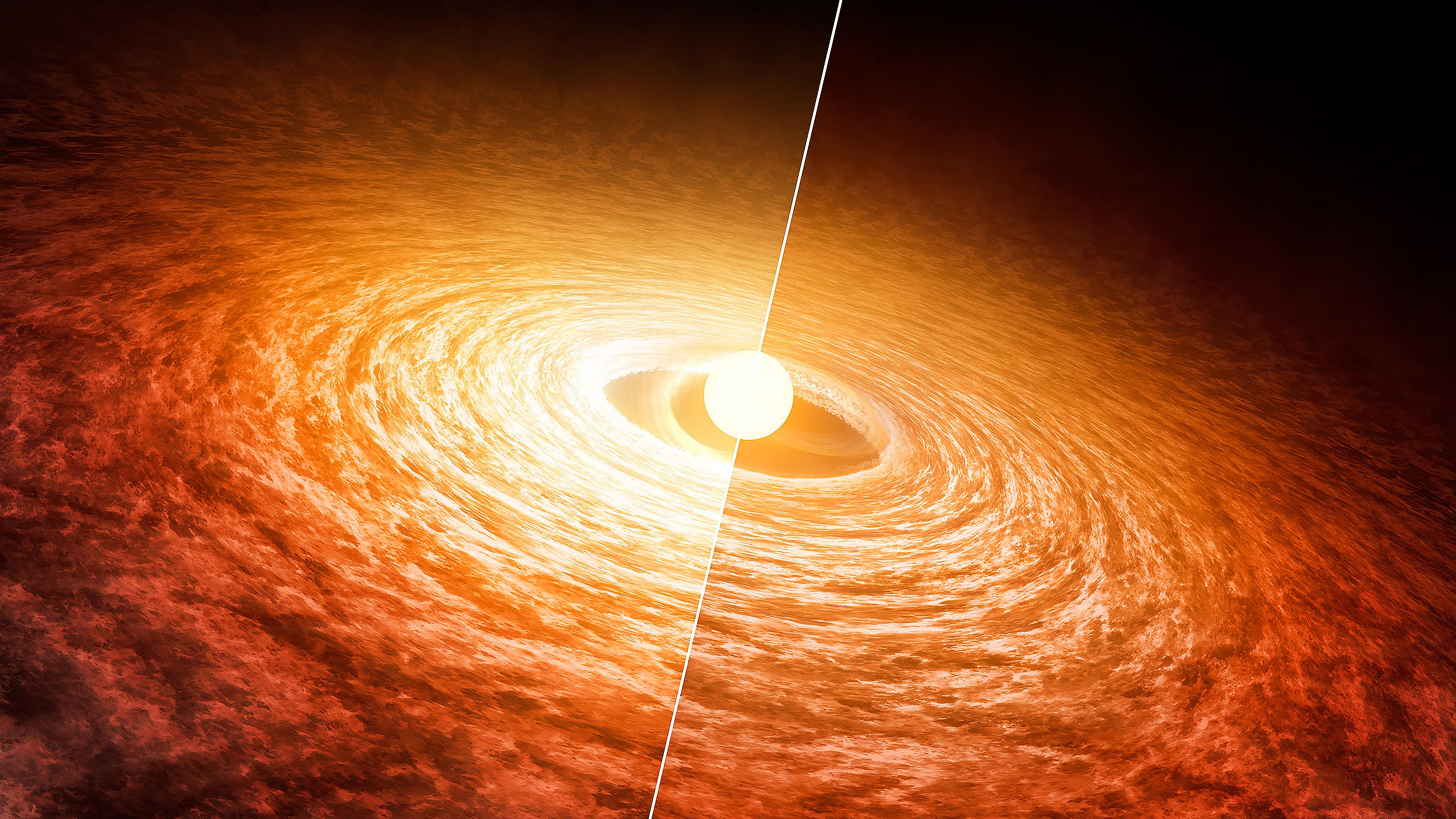
Who (or what) set the planets in motion?
In order to understand the full story, we have to start at the beginning. And even though planets don’t begin forming until ~2 million years after their parent stars have ignited nuclear fusion in their cores, the story of the motion of planets begins way before that: back when the stars that they’ll eventually orbit first begin forming. One of the first things we have to look at is how stars form: from the collapse of molecular clouds of gas. These clouds of gas must do two things in order to collapse and form stars:
- they have to accumulate enough mass, usually hundreds of thousands of solar masses but sometimes even more, in order to gravitationally collapse under the influence of their own mass,
- and they have to cool sufficiently, radiating that heat away, otherwise the pressure generated from those thermal effects will prevent gravitational collapse.
Once these two critical items have been achieved, the initial gas cloud that stars will form from begins collapsing. And as that collapse occurs, it doesn’t occur monolithically, or into one big blob. Rather, there are regions within this cloud of gas that happen to start out with a slightly greater density than others, and these regions serve as nucleation sites for the contraction of matter. As a result, when gas clouds collapse, they begin to fragment, and stars form primarily within the fragmentation sites that collect the most mass in the briefest amounts of time.

Perhaps unexpectedly, we learn, from examining these fragmentation sites, that “singlet” star systems, like our own Solar System, is only one of many options. Although approximately half of all stars that form wind up being singlet systems, it’s fully half of all the stars that form that wind up as components in multi-star systems: binaries, trinaries, quaternaries, and even higher multiplicity star systems. About 35% of all stars are in binary systems, about another 10% are in trinary systems, and approximately 4-5% are in quaternary or richer systems.
In addition, these star-forming regions usually wind up forming thousands of stars in relatively short order: in a timespan of just a few tens of millions of years. The most common type of newborn star we find arises inside what are known as open star clusters: star clusters that form when clouds of gas collapse inside the plane of the Milky Way galaxy. These clusters generally persist for several hundred million years before mutual gravitational interactions cause them to dissociate, and lead to stars and stellar systems being strewn about all through the galaxy. While this is the eventual fate of these newly formed stars, including stars with planetary systems, it holds significant implications for what physics takes place when these stars (and the material that will eventually become planets) are first taking shape.
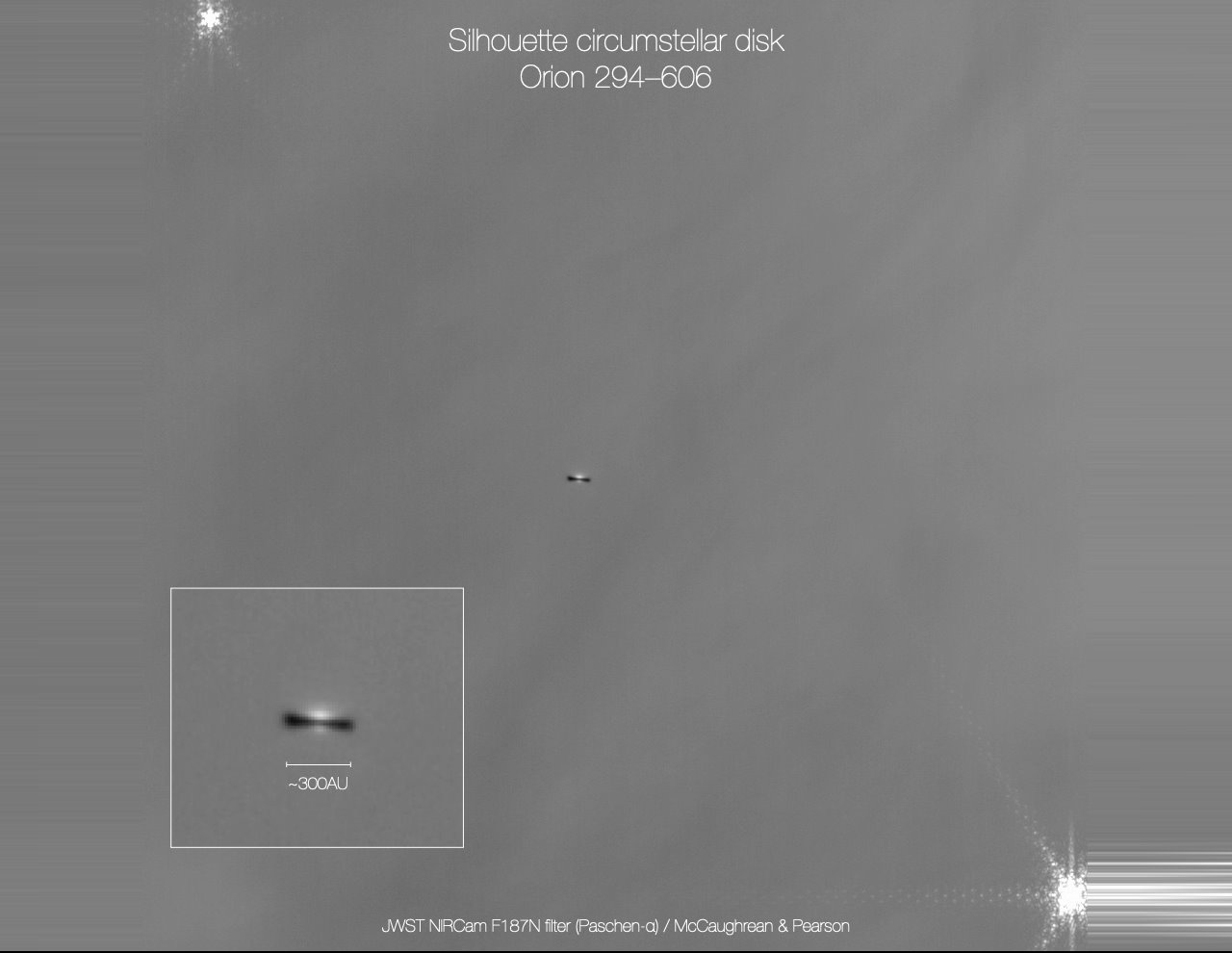
Whenever you have two clumps of massive matter that exist in close proximity to one another, and especially when these clumps are in motion relative to one another, they don’t just exert forces on one another, although it’s Newton’s law of gravitation that demands they do just that. Additionally, the “near part” of one massive clump to the other clump experiences a greater-than-average gravitational force than the center of the clump, while the “far part” of that massive clump experiences a less-than-average gravitational force compared to the center. In addition, the “up part” and the “down part” of that clump will be pulled toward the centers, as will the “left part” and the “right part” of that clump.
These differential forces, as illustrated below, represent what are known as tidal forces: forces that are non-uniform over the entirety of an object. Because of Newton’s third law — the law that states that every action has an equal and opposite reaction — any two massive clumps that have a close encounter with one another will exert not just forces on one another, but torques as well, which imparts a quantity known as angular momentum to each of these clumps of matter. Angular momentum is what causes objects to spin about their axis as well as the cause of objects mutually orbiting one another. Because of these tidally induced torques, all newborn stellar systems possess some non-negligible amount of angular momentum.

The critical effects of angular momentum
Now, let’s put these ingredients together in the context of star-and-planet-formation. We’re going to start out with a clump of matter that’s in the process of collapse, and that clump of matter — due to the tidal forces at work on it as well as the initial distribution of mass that forms the clump — will both start off asymmetrical in three dimensions, where one axis is longest and one axis is shortest, and will possess a non-zero amount of angular momentum.
Then, as gravitation causes this clump of matter to collapse, one axis (usually the initially shortest axis) will inevitably collapse first, leading to a physical phenomenon — and no, I’m not making this up — known as “pancaking.” Because the matter that forms a stellar system is made of normal matter (i.e., protons, neutrons, and electrons), the axis that collapses first causes the matter on both sides to “splat” together, forming a disk, while the other two axes are still relatively long.
Now, fold in the presence of angular momentum, and that disk must inevitably rotate as well, leading to a configuration that has a:
- central clump of mass,
- orbited by a disk of protoplanetary material,
which is the hallmark of practically every protostellar system ever observed.

It’s at this point that a sequence of critical events then unfolds. The central clump of mass, assuming there’s only one (although there can be more than one), draws more and more matter into it, heating up the core to greater and greater temperatures, all while making it more and more difficult for that heat to escape. Meanwhile, the disk of material — which can either be known as a circumstellar disk or a protoplanetary disk, since it both surrounds the protostar and is the precursor to planets that will arise — remains undifferentiated and uniform, although it continues to revolve around the central protostar.
At last, a critical threshold is crossed: temperatures inside the protostar’s core exceed the ~4 million K mark, and nuclear fusion reactions begin inside the star’s core. This results in outward-pushing radiation, which heats the external matter from the inside-out. Early instabilities in the protoplanetary disk are initially wiped out through random collisions, but as time marches forward, clumps begin to grow and persist, carving features in those disks, including spiral shapes and gaps, which is what we’d expect to form when the first massive protoplanets take shape. These initial moments can lead to incredibly rich planetary systems many millions and even billions of years down the line, including systems that may wind up looking very different from the planetary systems we recognize as familiar today.
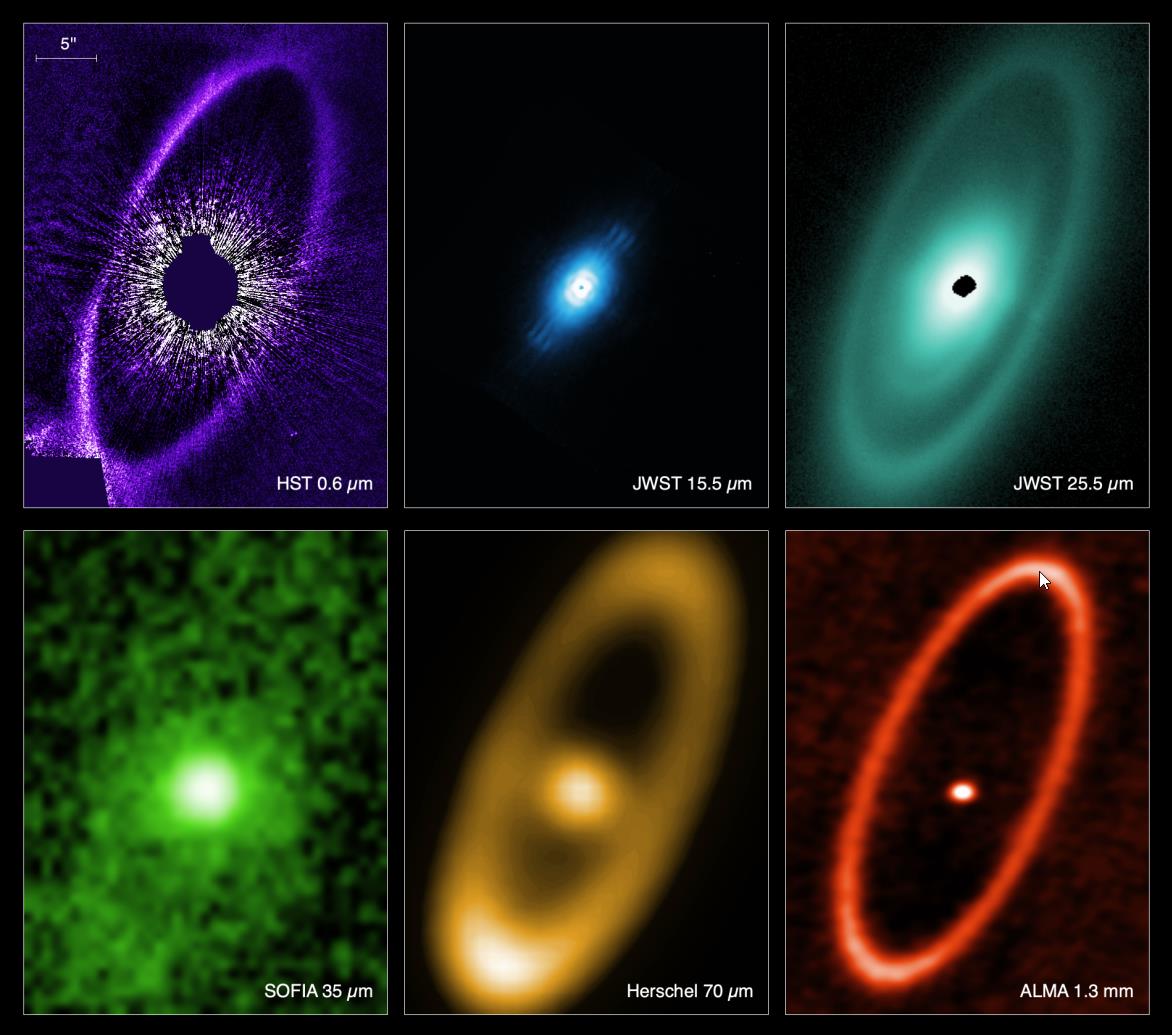
But that’s the answer to Newton’s big question! The question that he posed in a way that implicated some sort of divine intervention needed no such thing at the end of the day. Instead, it’s just conventional astrophysics, the laws of motion, the law of gravity, and the process of nuclear fusion that are more than sufficient to create the “initial motion” needed to set the planets — the ones within our own Solar System and the ones in any stellar system beyond our Sun — on their courses in orbit around their parent stars. In particular, the two facts that:
- the gas clouds that collapse to form stars and stellar systems are not born spherically symmetric,
- and the tidal forces exerted by other, nearby clumps of matter on any forming protostellar system will create torques that impart angular momentum to the matter,
make a system that forms with planets all but inevitable. Those planets, assuming there are enough heavy elements to create them in a fashion that won’t lead to them completely photoevaporating away, will then persist, and because angular momentum is a conserved quantity, will continue orbiting around their parent stars for as long as stable orbits remain possible. Sure, some of them may experience catastrophes, including ejections, collisions, or being swallowed by their parent star, but the big question of Newton, that of “who (or what) set the planets in motion,” has now been definitively answered.
